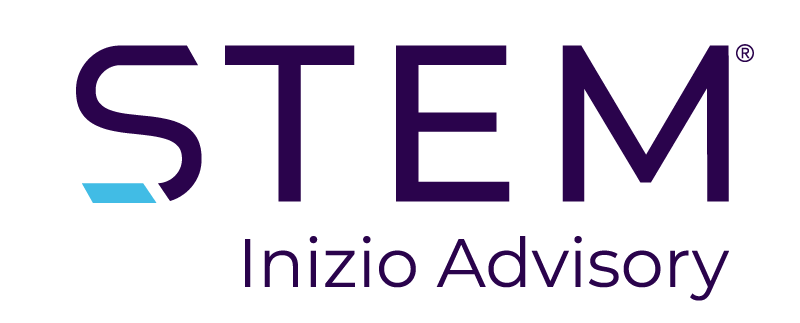Connecting Insights for Better Brand Performance
Authored by: Carol Chang, Vice President, Research Partnership & Serena Goodwin, Global Vice President, STEM
What do you do when your pharmaceutical product isn’t performing as expected? Hope the problem resolves itself? Try random marketing tactics? Or dig into your brand performance data for answers?
This is a scenario we encounter frequently, and often why clients seek out the services of Research Partnership, a leader in healthcare and life science market research, and STEM, a leader in brand strategy alignment and execution measurement, both part of Inizio Advisory.
Real-life Analysis
So, what often happens in this situation? In reality, life science organizations engage different partners to gather data to try to explain their brand performance:
- Market Research Agencies will conduct sales force effectiveness tracking, aiming to understand HCP perceptions of brands, messaging, and their experiences with reps.
- Strategic Consultancies will assess the alignment between internal Commercial (Marketing & Sales) teams and determine if the sales team is delivering messages effectively.
- Secondary Data will be used to track real-world prescribing trends.
However, while every source is useful, data and insights are often siloed, scattered across different systems and teams, giving an incomplete picture of market dynamics and HCP prescribing behaviors.
This is a challenge that pharma brand teams have been grappling with for years, yet despite advances in technology and the burgeoning promise of AI, difficulties remain in creating truly integrated knowledge management systems.
Connecting Multiple Perspectives – Best Practice
At Inizio Advisory, we can help solve this challenge. By bringing together expertise across the organization, we connect these insights for our clients, enabling pharma teams to make more informed decisions.
A practical approach to better brand performance should connect multiple perspectives, including understanding HCP behavior, internal strategic alignment, field execution analysis, and performance tracking.
The case study below shows this in action, and how, by combining these elements, organizations can move beyond surface-level metrics and uncover the underlying drivers of success or misalignment.
Case Study: Identifying and Addressing Misalignment
Despite strong adoption post-launch, our client’s product saw a plateau in share and then declining sales following a market-triggered safety concern, and the entry of a new competitor. To gain a holistic view to inform marketing strategies, we conducted research and uncovered the following:
- Market research revealed that HCPs recognized the brand’s efficacy, but safety concerns remained a barrier.
- Internal assessments showed that sales representatives lacked confidence and overemphasized safety discussions at the expense of efficacy messaging.
- Secondary data confirmed a direct correlation between these misalignments and declining prescriptions.
By providing a 360-degree view of the challenge, we enabled the client to quickly pivot by updating sales materials to address these gaps, and providing additional training. As a result, their market share stabilized and grew within a year.
Value of Consolidated Insights
Connecting market research insights with internal commercial assessments enables a deeper understanding of brand perception and prescribing behavior. A brand can also identify and address misalignment between strategy and execution, continuously track performance, and refine strategies over time.
By consolidating insights, life sciences organizations can achieve their strategic goals in an increasingly crowded market.

Related reading.
Jump to a slide with the slide dots.
MSL Value Beyond Metrics: How Emotion, Storytelling & Strategy Drive True Impact
Insights from the MAPA-MAPS Summit: redefining MSL value through storytelling, emotion, strategy, and smarter measurement.
Read moreQuantifying MSL Value: A New Lens
Explore how MSLs have evolved into strategic partners in biopharma and why measuring their true value is vital for future success
Read moreStress-testing Day One: Designing and Preparing for a Flawless Launch
Early prep & ‘dry runs’ help pharma teams avoid drift, boost confidence & launch successfully, say STEM's Heywood & Lacaille @pharmaphorum.
Read more